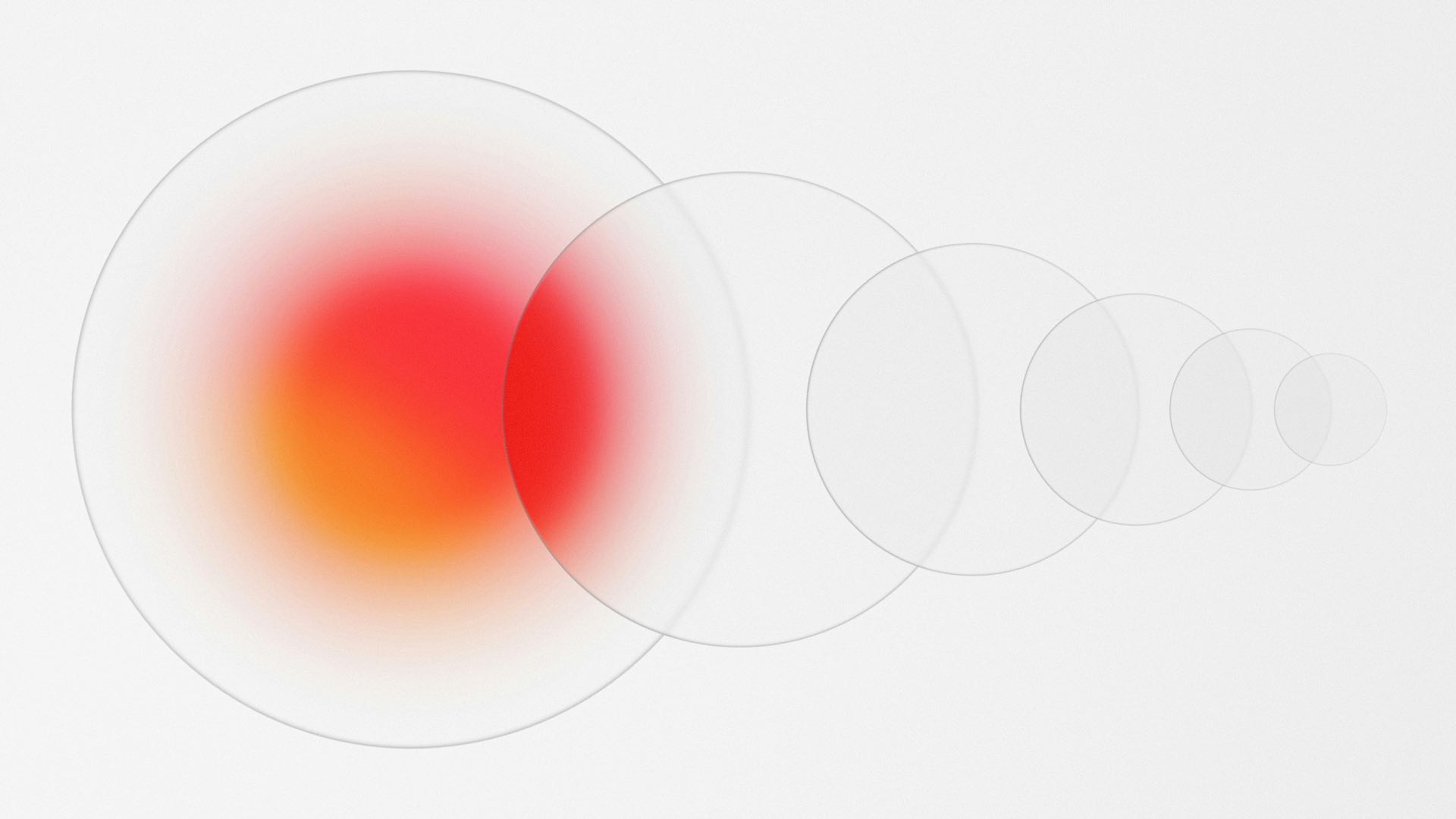Introduction.
In today's digital era user engagement plays a crucial role in the success of any technology-driven platform. Designers and developers are constantly exploring innovative ways to captivate audiences and keep them invested in their digital products. One such groundbreaking approach that has gained significant traction is the integration of gamification elements into User Experience (UX) design. Gamification, the application of game mechanics and dynamics in non-game contexts, holds the promise of transforming mundane interactions into engaging and immersive experiences. This blog post delves into the world of gamification in UX, exploring how game elements enhance user engagement and elevate the overall user experience.
Understanding Gamification in UX.
Gamification is not about turning every digital interaction into a full-fledged game but rather incorporating elements that make the user experience more enjoyable, rewarding, and interactive. This involves the strategic use of game-like features such as points, badges, leaderboards, and challenges to incentivize user participation and create a sense of accomplishment. By tapping into fundamental human desires for competition, achievement, and social interaction, gamification has the potential to turn routine tasks into exciting adventures.
Enhancing User Engagement.
The primary goal of gamification in UX is to enhance user engagement by making interactions more compelling and enjoyable. When users feel a sense of achievement, progress, or recognition, they are more likely to stay engaged with a product or platform. Gamification achieves this by introducing elements like progress bars, achievement badges, and level-ups, creating a dynamic and rewarding user journey. This increased engagement not only keeps users entertained but also fosters a deeper connection between the user and the digital product.
Fostering User Motivation and Behaviour.
Incorporating gamification elements taps into the psychology of motivation, encouraging desired user behaviors. By setting clear goals, providing instant feedback, and rewarding users for completing tasks, gamification creates a motivational loop that keeps users coming back for more. Whether it's the thrill of unlocking a new achievement or the desire to outperform others on a leaderboard, these game-inspired dynamics drive user behavior and contribute to a more dynamic and lively UX.
Creating Personalized Experiences.
Gamification allows for the implementation of personalized experiences tailored to individual users. Through the analysis of user interactions and preferences, designers can strategically introduce game elements that resonate with specific audiences. Personalized challenges, rewards, and progression paths cater to the diverse preferences of users, ensuring that the gamified elements align with their motivations and interests.
Social Interaction and Community Building.
Games inherently have a social component, and gamification brings this element into UX design. Leaderboards, challenges, and collaborative activities create a sense of community among users. This social interaction not only adds a layer of fun to the user experience but also fosters a sense of belonging and competition. Users are more likely to stay engaged when they feel connected to a community that shares their interests and goals.
The Role of Feedback and Iteration.
Effective gamification relies on continuous feedback and iteration. Designers must analyze user interactions, monitor the performance of gamified elements, and adapt based on user feedback. Regular updates, new challenges, and innovative rewards keep the gamified experience fresh and exciting. This iterative approach ensures that the gamification strategy evolves in tandem with user preferences and expectations.
The Significance of Gamification in UX Design.
Gamification holds immense significance in UX design as it introduces elements of fun competition and rewards into the user experience. By incorporating game elements such as challenges leaderboards badges and levels designers can create an interactive and immersive experience for users. These game elements tap into users' intrinsic motivation making them more likely to engage with the platform stay longer and return frequently. Moreover, gamification can also foster a sense of accomplishment and satisfaction when users overcome challenges and achieve goals further enhancing their overall experience.
Effective Implementation of Gamification in UX Design.
To effectively implement gamification in UX design designers need to consider the following key aspects:
- Understand User Motivations: Analyze the target audience and identify their motivations preferences and goals. This understanding will guide the selection and implementation of game elements that align with users' intrinsic motivations.
- Define Clear Objectives and Goals: Clearly define the objectives and goals of the gamified experience. This will help users understand what they need to achieve and provide a sense of direction ensuring a meaningful and engaging experience.
- Provide Feedback and Progress Tracking: Incorporate feedback mechanisms such as progress bars notifications and achievements to inform users about their progress and accomplishments. This feedback reinforces positive behavior and encourages continued engagement.
- Customize and Personalize the Experience: Tailor the gamified experience to individual users by offering customization options and personalization features. This creates a sense of ownership and enhances user engagement by allowing users to create a unique experience.
Conclusion.
Gamification in UX design is a powerful approach to enhance user engagement and improve overall user experiences. By incorporating game elements into digital platforms designers can tap into users' intrinsic motivations foster a sense of accomplishment and create an interactive and immersive experience. The benefits of gamification range from increased user engagement and motivation to enhanced learning and social interaction. To effectively implement gamification designers must understand user motivations define clear objectives provide feedback and progress tracking and personalize the experience. By leveraging gamification, designers can create compelling experiences that captivate users and drive them to take action.




